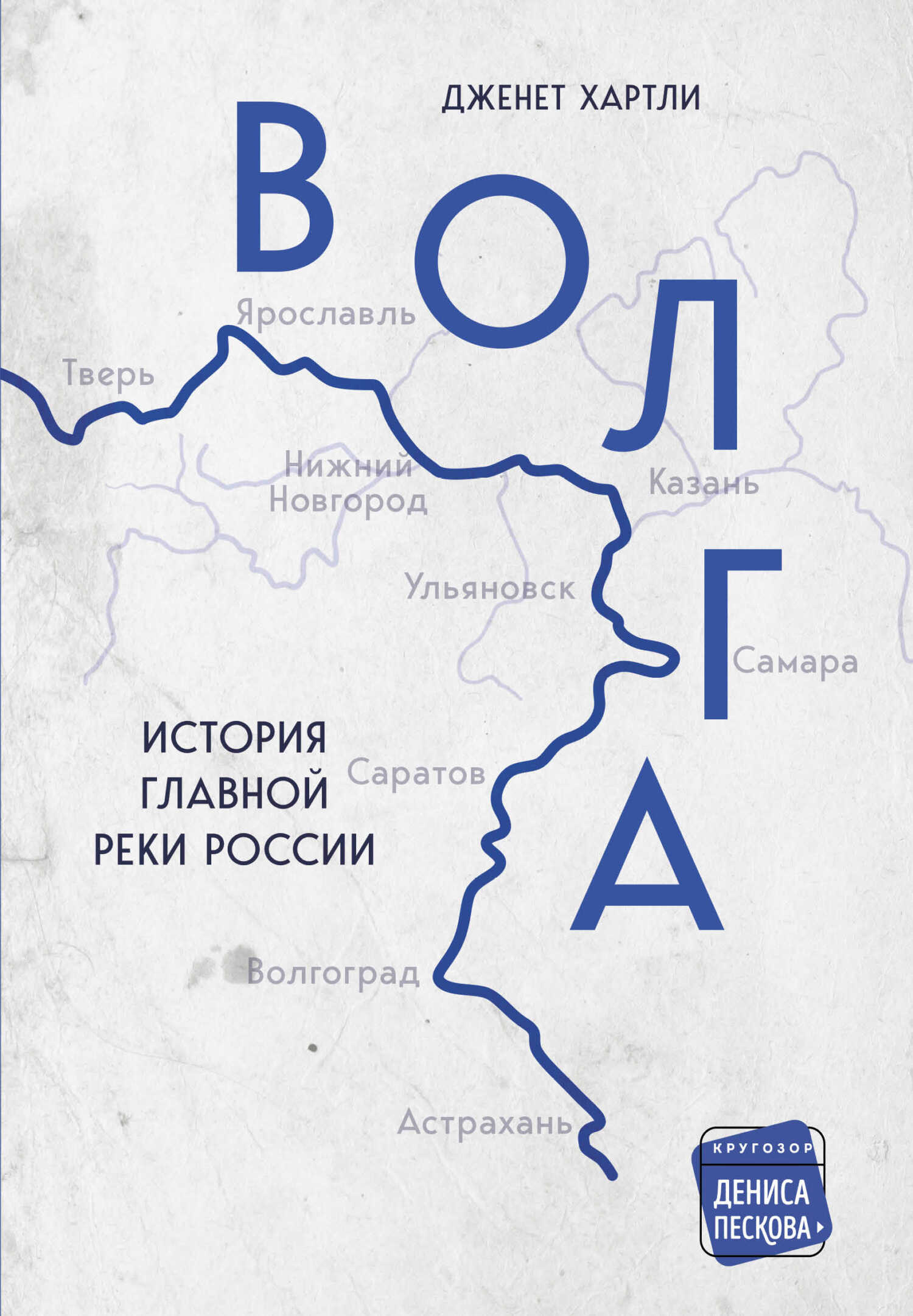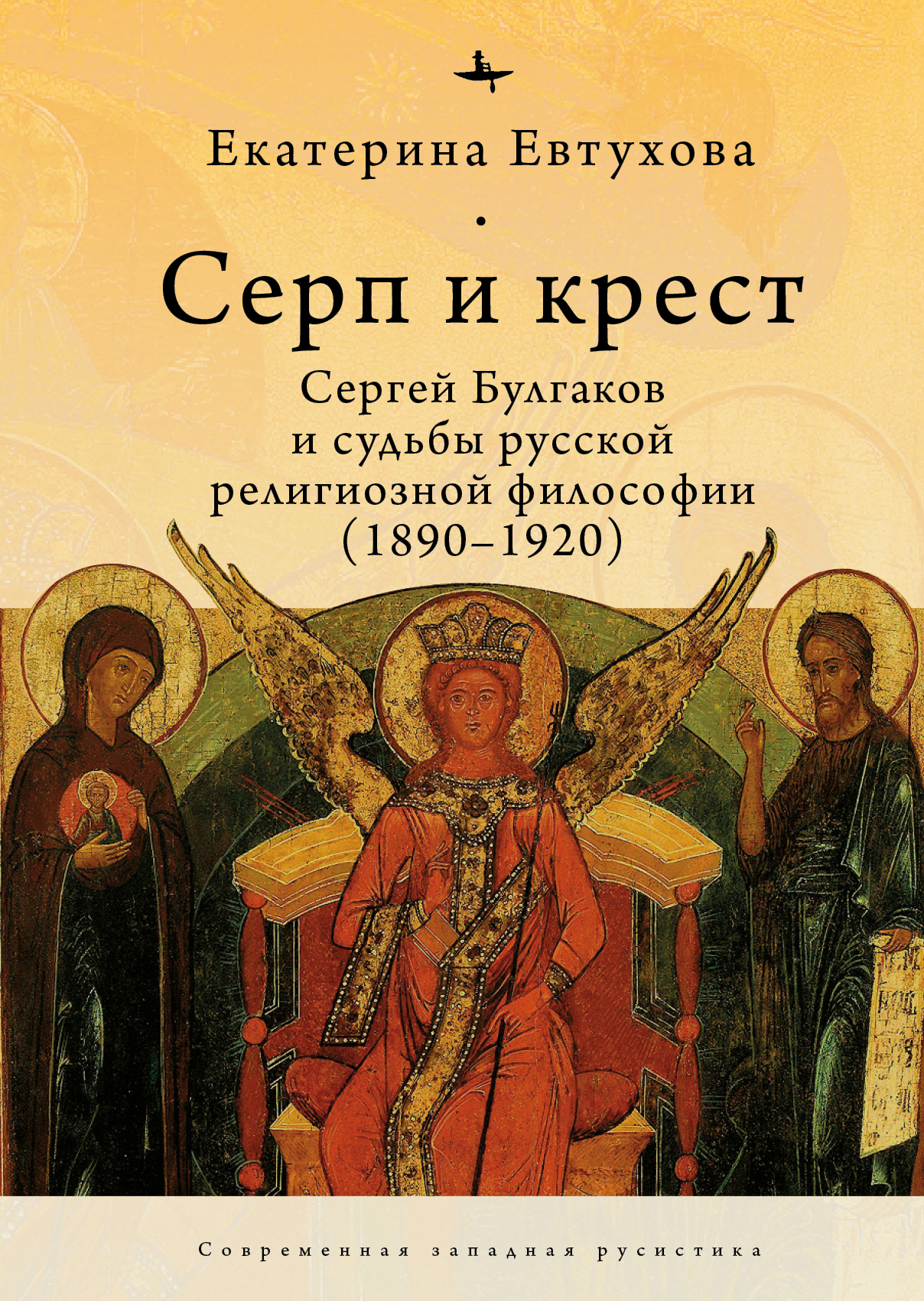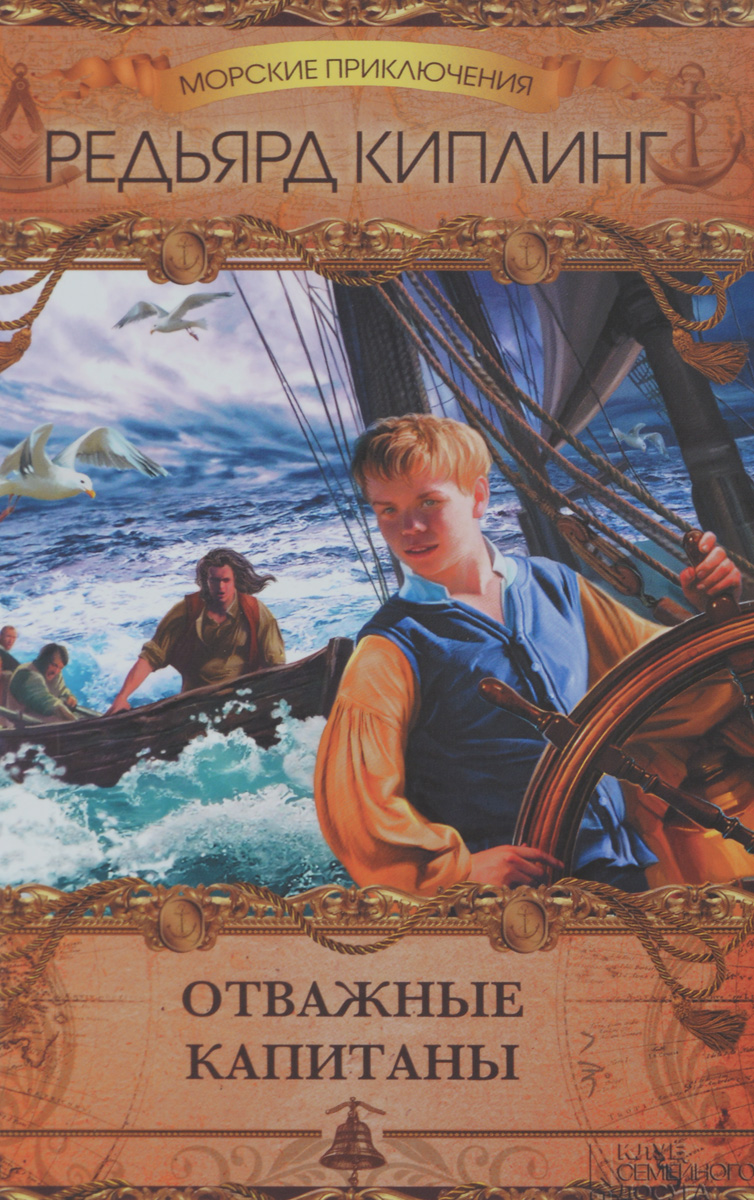Шрифт:
-
+
Закладка:
Сделать
Перейти на страницу:
Волга не нуждается в представлении. Но если нужно о ней напомнить, то вот лишь немногое из того, что неразрывно связывает ее с Россией:– История: от хазар и Золотой Орды до походов Ивана Грозного и Сталинградской битвы. От крестьянских войн Разина и Пугачева до Гражданской и депортации народов.– Экономика: от нижегородской ярмарки до астраханских торговых подворий армян, персов и индийцев.– Технологии: от бурлаков и пароходов до каскада ГЭС.Почти у каждого свои ассоциации с Волгой, но какими бы они ни были, она – один из тех символов страны, без которого Россию абсолютно невозможно представить.В формате PDF A4 сохранён издательский дизайн.
Перейти на страницу:
Еще книги автора «Дженет Хартли»:





